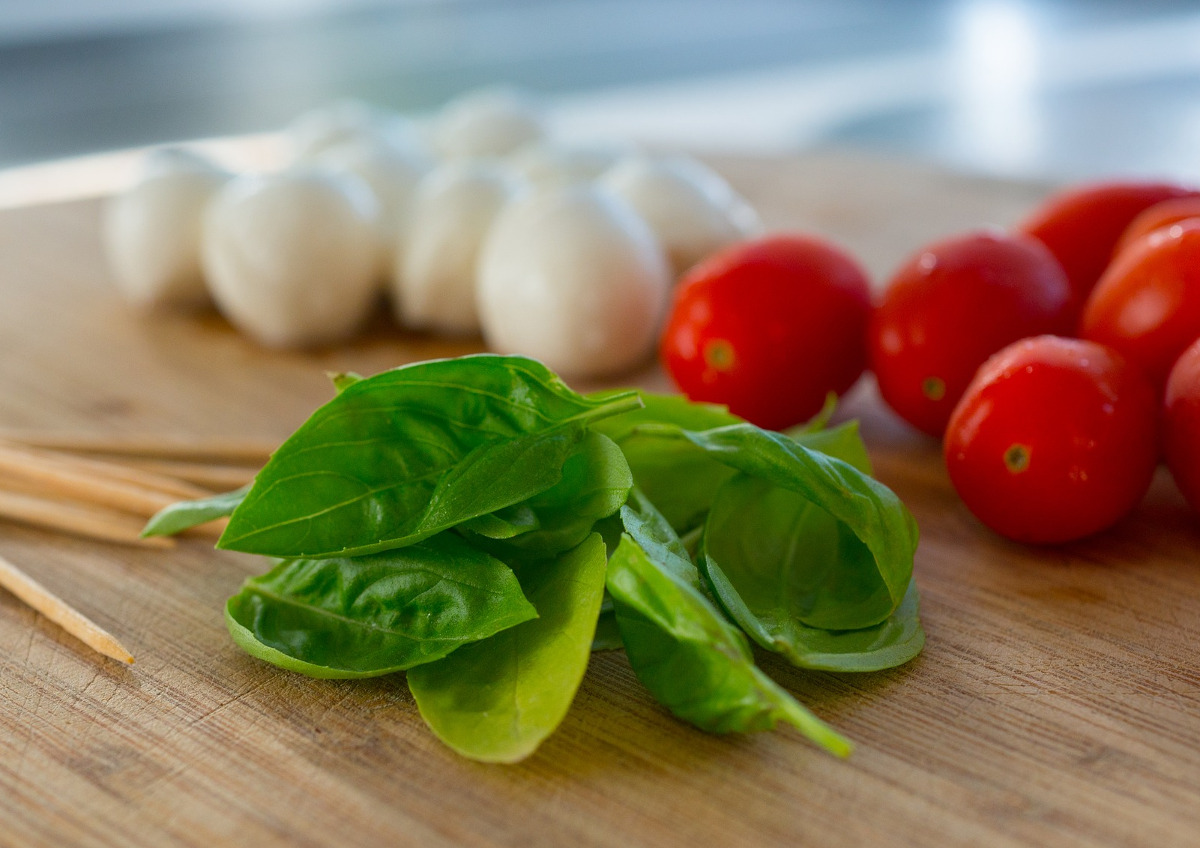Italian Food and Beverage confirmed to be one of the leading sectors of the Italian manufacturing system in 2019 . Just think of the growing production (+3%) at the end of the year, compared to a decrease by -1.3% of the whole industrial production of the country. Without forgetting the +6.6% exports growth, compared to +2.3% of Italy’s total exports.
These are the most significant figures from the latest analysis of Federalimentare, according to which Italian agri-food exports in 2019 reached 35.4 billion euros. The exports projection for 2019 reached 24.4%, the result of an export share on turnover, estimated at the end of the year, of about 145 billion. In 2018 this projection stopped at 23.7%.
The increase in the Italian F&B export share is the result of mainly positive trends, with double-digit expansionary peaks (variations over 10 months) of ethyl alcohol (+42.7%), spirits and liqueurs (+30.2%), beer (+12.9%) and dairy products (+11.2%).
Outlet markets such as China (+4.2%), Russia (+6.0%), and Turkey (+7.1%) have started up again to varying degrees. It should be underlined the resilience of the USA market which, in spite of the serious obstacle of the increased duties in October on cheese, liqueurs and some Italian pork meats – for an export quota close to 500 million, allowed the sector to close December with a +10.6% growth and the year with +11.1%, for a value of 4.5 billion.
ITALIAN FOOD FACING NEW THREATS IN 2020
However, it is highly unlikely that 2020 will replicate the results of 2019. Much of the food industry’s production trend that matured in 2019 is linked to exports to the US, which are being held hostage to the retaliation by the Trump administration. In addition, Germany, the first foreign outlet of the Italian food industry, is burdened by a sharp economic slowdown that is destined to worsen considering its close connection with the Chinese market.

And then we must not forget the long-standing problem of the Russian market. In 2013, before the embargo on Italian meat, dairy and fish products Italy’s exports were in 11th place among the outlets of the national F&B and were about to enter the top ten, with a formidable boost characterized by average increases in the four-year period 2010-2013 before the embargo, equal to +24%.
Today food exports to Russia slipped to 15th place. Only at the end of 2019 did Italy come close to the pre-embargo figures on this market, with a share of 550 million. The potential estimated losses are close to one billion euros.
TRAINING IN DIFFICULTY WILL PAY OFF
On the positive side, however, it can be said that 2019 was a paradigmatic year for the Italian food industry. World trade suffered from the US-China trade wars, from no deal Brexit risks and finally because of the US tariffs imposed on Europe. Yet Italy’s F&B performance on foreign markets was remarkable and showed a steady acceleration.
Significant progress was made in non-EU markets, with a growth by +12.7%, while the EU total exports stopped at +3%. A leading trade fair like Cibus can greatly increase this commitment and support Italian SMEs, facilitating contacts with foreign operators.
Italy’s F&B sector has within it very strong expansive drivers, with notable anti-cyclical skills that other major manufacturing sectors in the country have failed to put in place. According to Federalimentare, the sector, for its well-known characteristics focused on quality and its proven reactive capacity, is at the top of the country’s growth and expansion prospects abroad.

